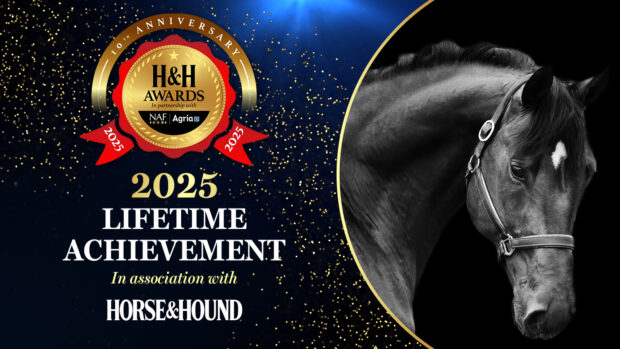Horses which “make a noise” are frequently affected by a form of weakness or paralysis within their throat. The larynx (voice-box) is a valve-like structure that guards the opening from the pharynx (throat) into the trachea (windpipe).
The valve closes when the horse swallows, preventing food and saliva from passing into the airways. During exercise, when the horse has a high demand for oxygen, the value opens to its maximum extent, allowing the free flow of large volumes of air up and down the trachea.
The larynx is made up of a number of cartilages, and the valve-like function is achieved by two cartilages (the arytenoid cartilages) and the vocal cords that attach to them. The two arytenoid cartilages are moved by the intrinsic laryngeal muscles, which adjust the diamond-shaped opening (the glottis) into the larynx.
The action of the intrinsic laryngeal muscles is under the control of the right and left recurrent laryngeal nerves. Damage to one of these nerves leads to weakness or paralysis of the muscles and the failure of the value function on that side. Usually it is the left recurrent laryngeal nerve that is affected.
When one of the arytenoid cartilages and its vocal fold are weak or paralysed, they vibrate as air rushes past them during exercise, producing an abnormal noise. Most of this noise, which is typically described as a whistle or roar, will occur as the horse breathes in. The worst cases sound like a steam train puffing.
As well as making a noise, a horse with a weak or paralysed larynx may be unable to cope with demanding levels of exercise, because the inability to open the airway fully will reduce the amount of air passed into the lungs.
This condition is known by several names including idiopathic laryngeal hemiplegia and recurrent laryngeal neuropathy. The precise cause is currently unknown, although it is generally believed it has a genetic component. Damage to the nerve is often progressive and gets worse over time, with Thoroughbreds and large breeds of horse, such as heavy hunters, most commonly affected.
Diagnosis and treatment
Diagnosis is made through a combination of history and the findings of a physical examination. Clinical signs include a horse being unable to perform or sustain fast work as expected and an abnormal sound being heard during work as the horse breaths in. Definitive diagnosis is made by endoscopic examination of the larynx.
Not all horses which “make a noise” will require treatment. This is usually only necessary in performance horses, such as racehorses and event horses, where the condition is performance limiting. Horses that undertake less intense exercise may not need treatment to improve performance, although in some cases, such as show horses, treatment may be considered necessary to remove the noise.
The only truly effective treatments involve surgery. The two most commonly performed surgical procedures are the “Hobday” procedure (laryngeal ventriculectomy and the “tie-back” (laryngoplasty).
The Hobday involves removing a small pocket of tissue adjacent to the vocal fold. This pocket of tissue (the laryngeal ventrical) vibrates when the vocal fold is paralysed and is responsible for the noise. Many surgeons remove both laryngeal ventricals as well as trimming the edge of the vocal cord on the paralysed side.
Although the Hobday eliminates the noise associated with the condition, the procedure does little to improve the calibre of the airway and therefore is unlikely to improve exercise tolerance in competition horses. However, it can be undertaken in conjunction with a laryngoplasty (tie-back).
The laryngoplasty involves “tying open” the paralysed arytenoid cartilage and the vocal fold by inserting a special stitch or prosthesis. This procedure aims to pull open the paralysed side of the larynx, and thus help restore exercise tolerance in performance horses.
Although a tie-back is a much more effective form of treatment, it also carries a much higher risk of complications than the Hobday operation.
|
||
 |
||


 Get up to 19 issues FREE
Get up to 19 issues FREE TO SUBSCRIBE
TO SUBSCRIBE 


